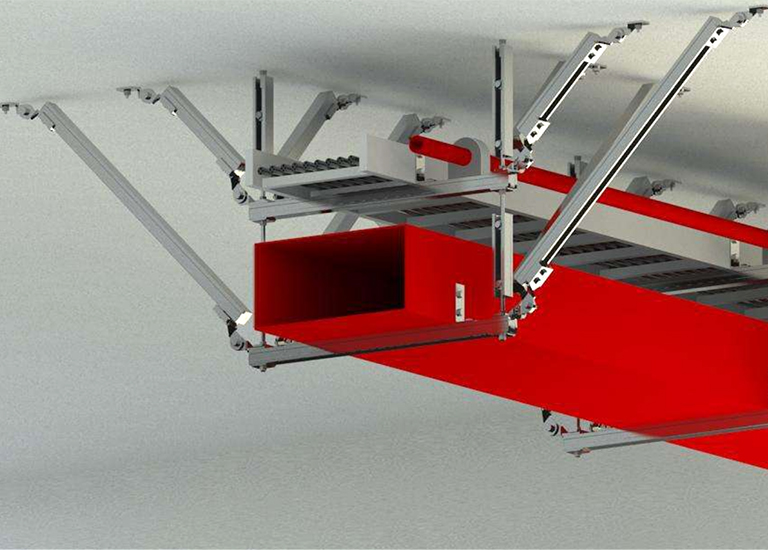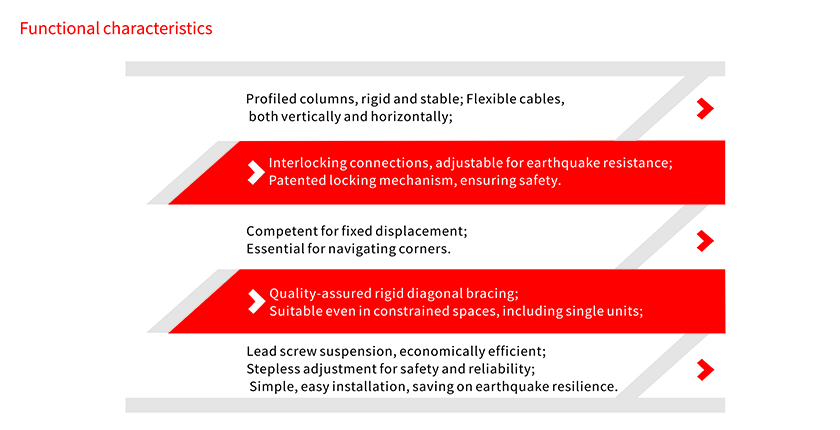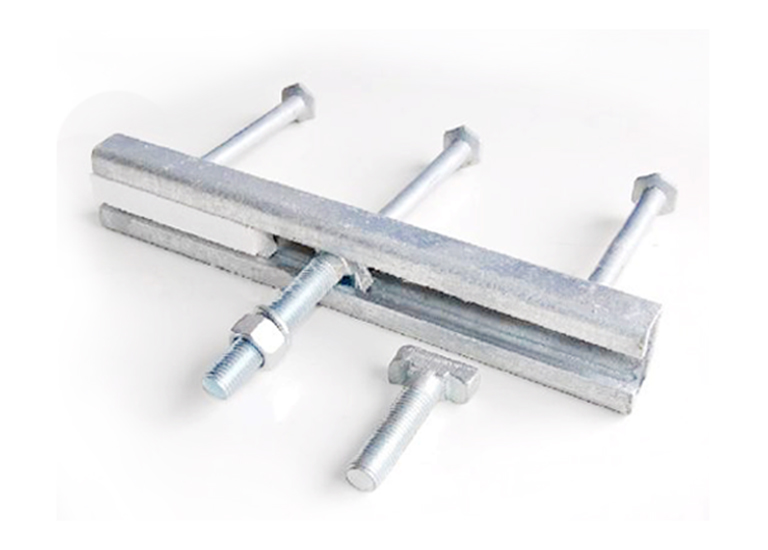Seismic Supports
Traditional load-bearing support systems primarily rely on gravity as the main load-bearing mechanism. Traditional gravity supports and hangers are designed to bear vertical loads only, which leads to significant lateral swinging, potential damage to nearby structures, and even detachment. These systems lack the necessary structural support to withstand horizontal seismic forces.
Seismic supports and hangers are primarily responsible for bearing the horizontal loads of pipelines. By implementing seismic supports and hangers, the dynamic characteristics of the pipeline system are altered, transitioning from flexibility to rigidity. This adjustment significantly reduces the system's response to seismic forces. It also modifies the stress experienced by the gravity hangers at seismic supports and hangers, subsequently influencing their design, selection, bracing, anchoring, and more. Anti-seismic supports and hangers are categorized into longitudinal and transverse supports and hangers. Their stress distribution, arrangement, and anchoring methods involve knowledge from various disciplines, including earthquake engineering, structural engineering, mechanical engineering, water supply, and drainage.


 Menu
Menu









 Advisory Message
Advisory Message



 Tel: +86 020-83982770
Tel: +86 020-83982770 E-mail: sales@markwellgz.com
E-mail: sales@markwellgz.com Fax: +86 020-83982767
Fax: +86 020-83982767